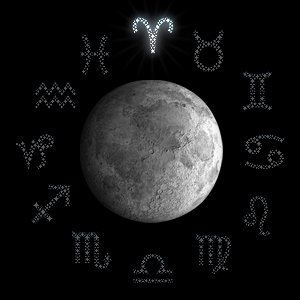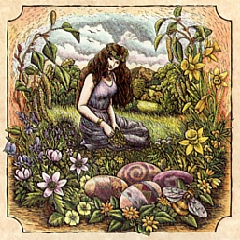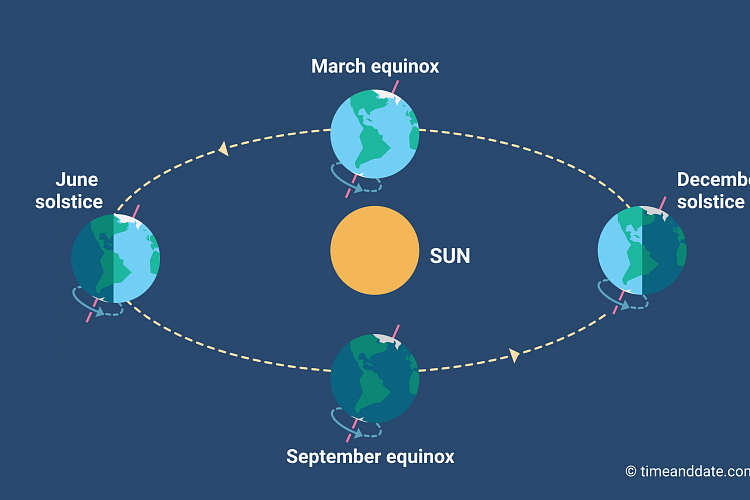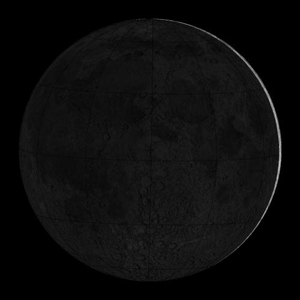Good Morning Readers:
The April moon is known by many names indicative of the season. Spring is upon us and with it the hopes and dreams of abundance. Today the moon remains in the Waxing Crescent phase at 14% of full. As the moon builds its fullness we also see our intentions build coming to their height on the full moon. Today, though we are void of course from 10:25 am to tomorrow at 9:23 when the moon enters Gemini. Light and lover dear readers and until tomorrow, Blessed Be.
Egg Moon
The full moon of April. Also known as the pink moon. Both names indicate the sprouting of seed and the explosion of bright beauty found in the phlox (pink) and other flowers rising for the spring debut.
Waxing Crescent
The word crescent refers to the phases where the moon is less than half illuminated. The word gibbous refers to phases where the moon is more than half illuminated. Waxingessentially means “growing” or expanding in illumination, and waning means “shrinking” or decreasing in illumination.
Void of Course
A planet is said to be void of course when it is not aspecting any other planet. The term void of course is usually applied to the moon and refers to the period of time when the moon is no longer aspecting any planets in the last sign it was in but has not aspected any planets in the sign it will go into next. This void of course period may last only a few minutes or it may last several hours to a day. During this time the moon is still technically in the previous sign, but its effect is muted.
According to the definition of Void of Course which has been used since Medieval times, the void of course period begins as soon as the moon completes its final aspect with any planet in the sign it is passing through and ends the moment the moon aspects a new planet.
.jpg)
.jpg)




